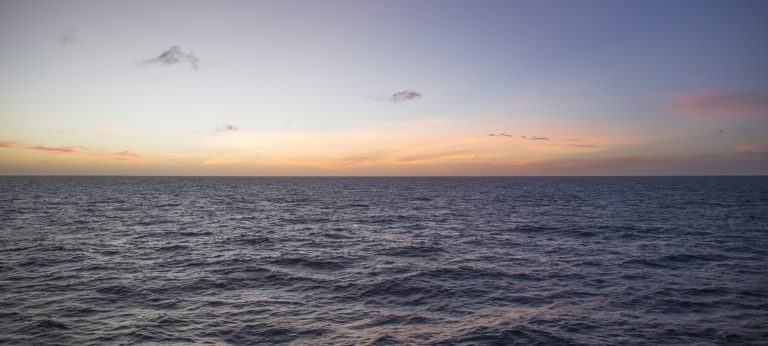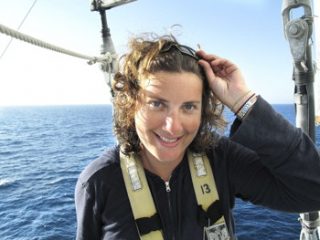We have not seen a speck of land or another ship for five days. We have seen a rainbow, some sunsets, and a handful of seabirds – otherwise just blue sea, blue sky, and the horizon as we steam from the Northern Hemisphere to the South. The ship mood is ripe with anticipation as we pass the major ocean landmarks en route: Cross the equator? Check. Cross the dateline? Check. And still…. Steaming south across a lonely sea.
Destination PIPA
Tonight, we will finally arrive at our destination: The Phoenix Islands Protected Area (PIPA, for short), and a place I’ve been honored to work with since 2008. My first trip to this spectacular region was in 2009, and since then I have worked with the Republic of Kiribati to help grow and shape their scientific research program. It is a place of great scientific importance – a natural laboratory unique in geographic positioning to experience some of the most extreme climate influences, without the confounding factors of human pollution and disturbance.
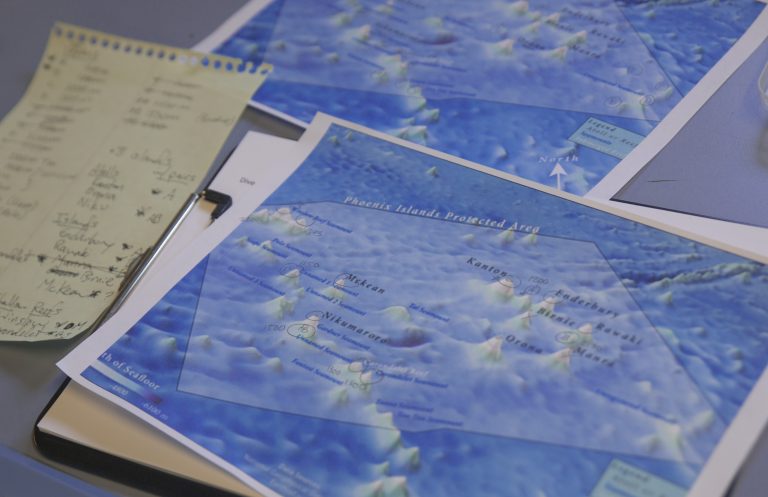
But it is also a place of great personal importance to me – I am a part of the PIPA family (and if you are reading this, then so are you!). We are a group of people dedicated to the exploration and protection of the lucky plants and animals who live so far away from mass human influence; this part of the planet that is fully protected and cared for by the i-Kiribati people. MPAs (Marine Protected Areas) are important and safe places to ask questions about biological diversity – because they are protected from exploitation, we can discover and explore with no agenda.
The Marine Protected Area Next Door
As an American, it is always fun to think about the geography of the Pacific. Although far from the continental US, PIPA is the MPA next door. Just north of the Equator, as part of the Phoenix archipelago, lie Howland and Baker – protected US territory as part of the Pacific Remote Islands Marine National Monuments. We are making this long journey on the R/V Falkor, with support from the Schmidt Ocean Institute and NOAA, to explore the deep waters of PIPA – a project that was first started earlier this year in collaboration with NOAA OER (Ocean Exploration and Research) aboard the R/V Okeanos Explorer as part of the US-Kiribati relationship.
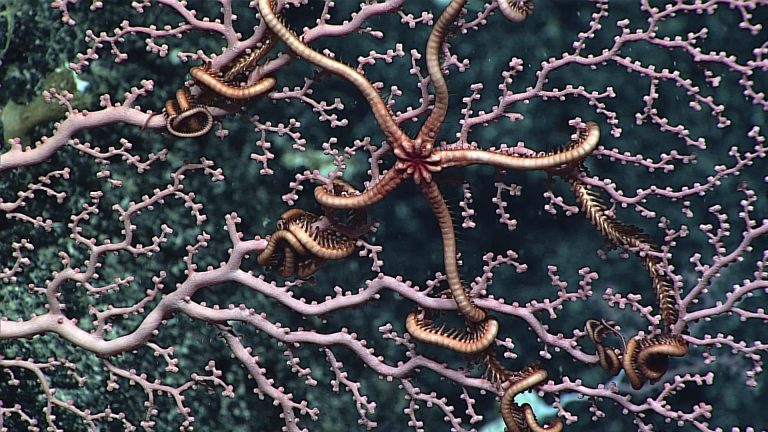
PIPA is the World’s largest and deepest UNESCO World Heritage Site, and is mostly blue water and deep sea. I am a shallow-water coral reef ecologist, so I am new to the deep sea world, but I am on board to help bridge the cross-ecosystem connections and to try my hand at deep sea coral discovery. On the ship with collaborators Erik Cordes, Tim Shank and our students, we will work together to explore island slopes and seamounts to determine species diversity, community composition, and associations between corals, invertebrate associates, and microbes in deep PIPA waters.
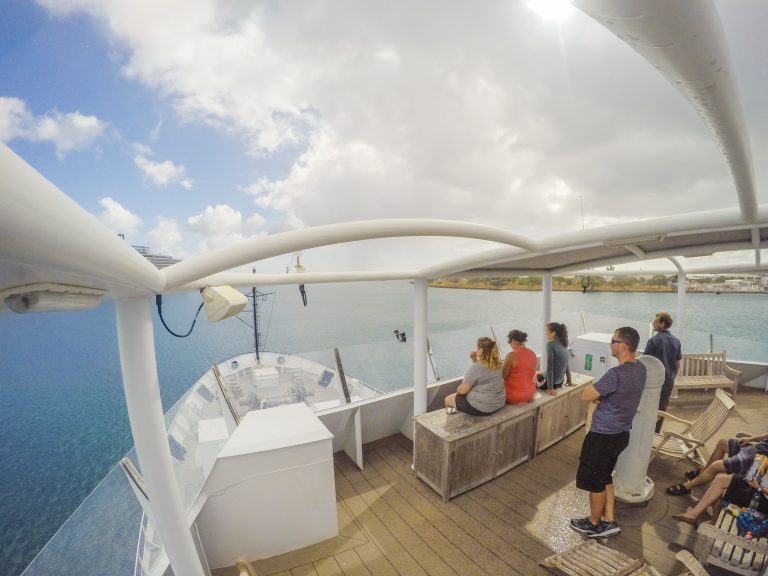
So. Still steaming? Check. As I write, we are doing an ROV SuBastian test dive…. Check. Next stop: the Midnight Zone.
I am so excited. Cozy up with a cup of tea, come on over, and join us. After all, even though we are thousands of miles away in the middle of the ocean… we are right next door.
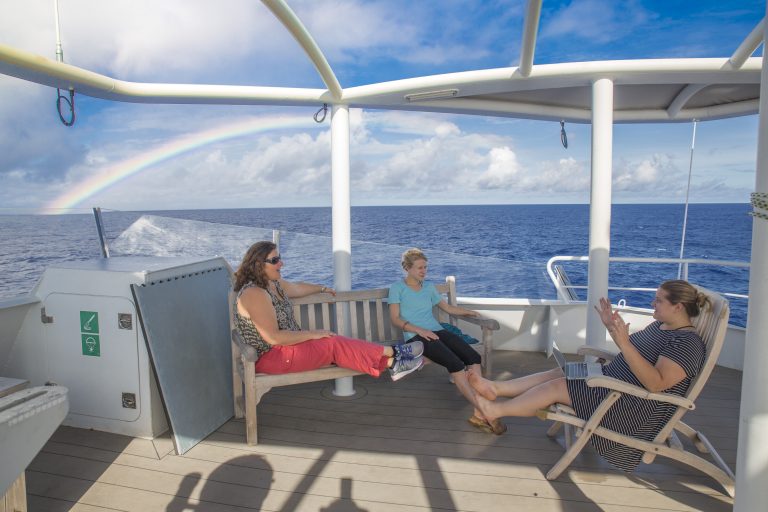
The first ROV dive is scheduled for 14th October and we have plenty more diving ahead of us. You can subscribe and watch them live on YouTube and Facebook, and follow us on Twitter. Keep an eye on the latest news with @schmidtocean on the hashtag #deepcoralsofPIPA
